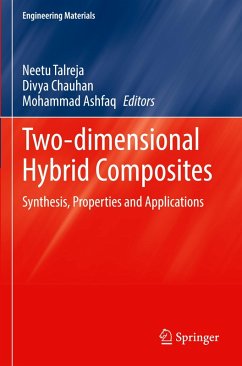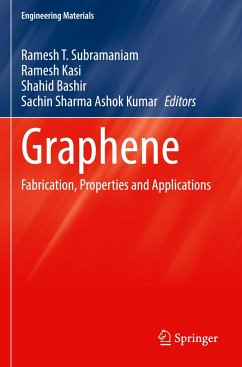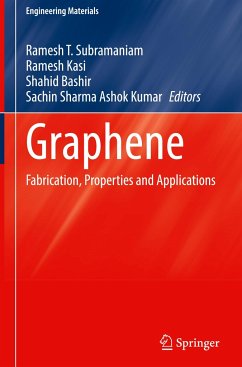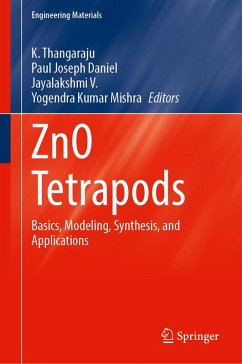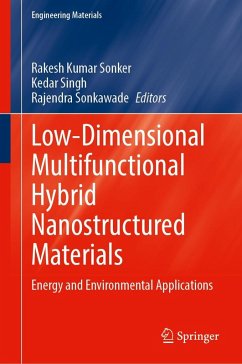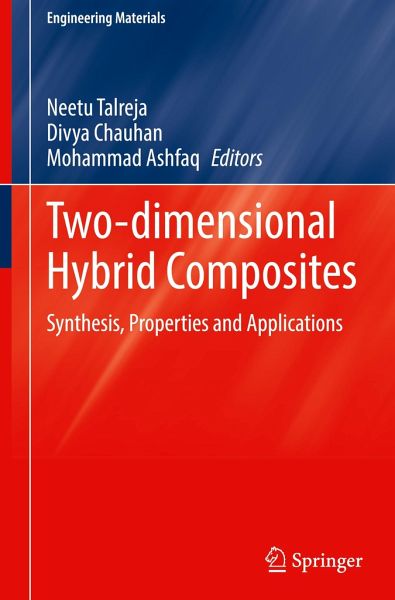
Two-dimensional Hybrid Composites
Synthesis, Properties and Applications
Herausgegeben: Talreja, Neetu; Chauhan, Divya; Ashfaq, Mohammad

PAYBACK Punkte
42 °P sammeln!
This book highlights a comprehensive review of synthesis, properties, and strategies to improve the applicability of 2D materials like graphene, borophenes, metal nanosheets, phosphorene, and transition metal dichalcogenides (TMDs). It also highlights the synthesis of 2D-based hybrid composite materials and their effects on applicability, especially in energy, environment, and biomedical applications, by incorporating surface functional groups, metal/non-metal ions, and polymers. The advancement in innovative technology and use of 2D-based hybrid composite materials can improve the development...
This book highlights a comprehensive review of synthesis, properties, and strategies to improve the applicability of 2D materials like graphene, borophenes, metal nanosheets, phosphorene, and transition metal dichalcogenides (TMDs). It also highlights the synthesis of 2D-based hybrid composite materials and their effects on applicability, especially in energy, environment, and biomedical applications, by incorporating surface functional groups, metal/non-metal ions, and polymers. The advancement in innovative technology and use of 2D-based hybrid composite materials can improve the development of newer products/opening newer possibilities to fight existing issues related to environment, energy, and biomedical sciences. However, researchers continue to face numerous challenges in developing newer products/possibilities, large-scale production, with health and environmental impact being a challenge.
This book serves as a valuable resource for researchers, professionals and students working in the field of advanced materials, especially 2D-based hybrid composites.
This book serves as a valuable resource for researchers, professionals and students working in the field of advanced materials, especially 2D-based hybrid composites.





